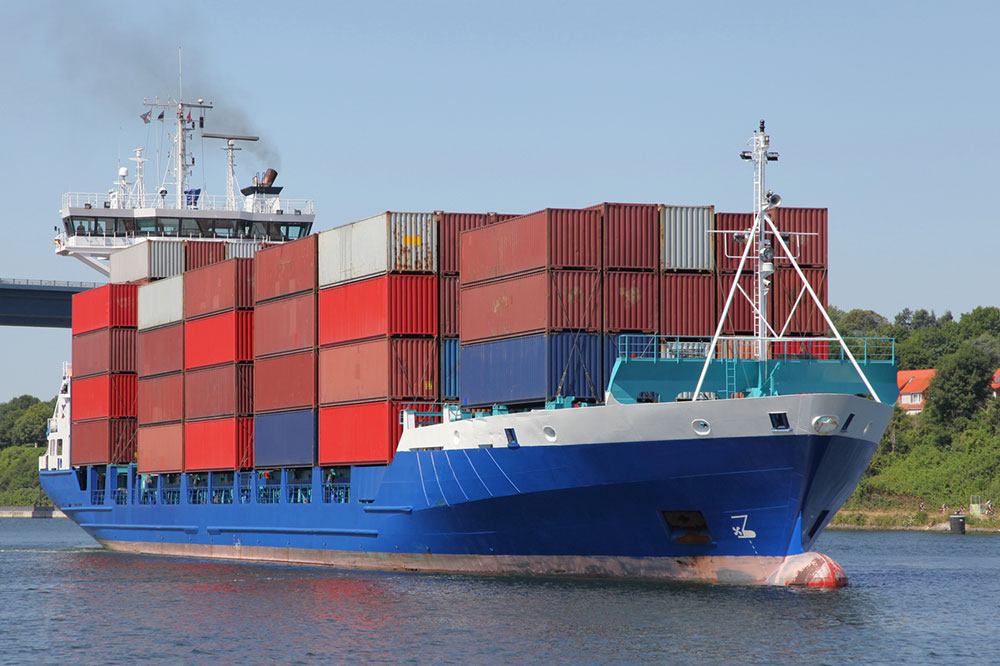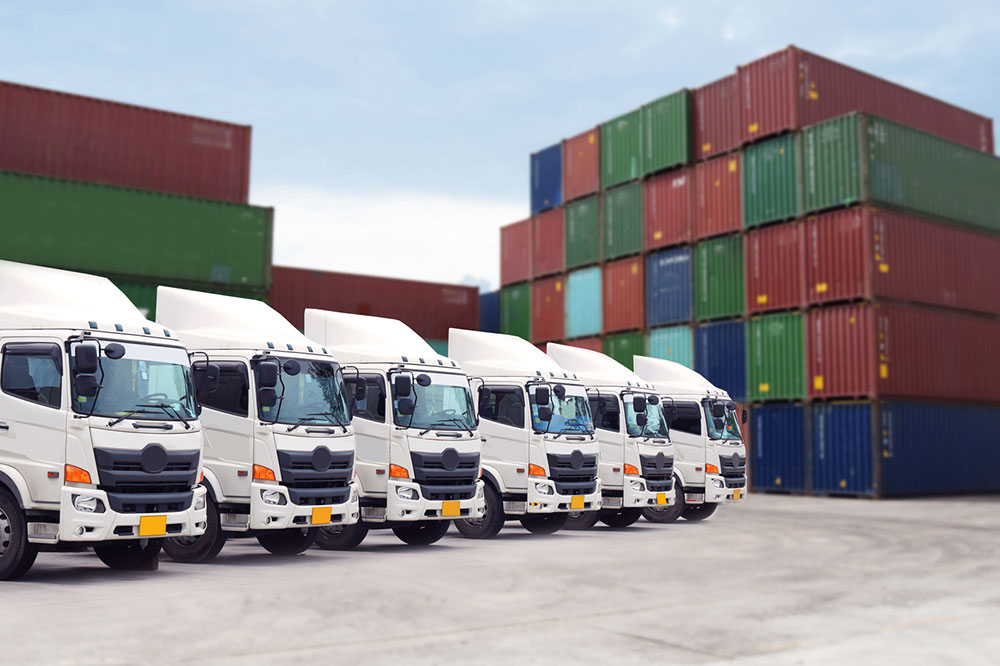Comprehensive Guide to Optimizing Freight Transportation for Businesses
This comprehensive guide explores efficient freight transportation practices for businesses, highlighting key aspects such as packaging, modes of shipping, cost estimation, scheduling pickups, and tracking. Learn how to optimize logistics operations for cost savings and reliability, ensuring your goods reach their destination safely and on time. Whether dealing with domestic or international freight, this guide provides actionable insights to enhance your supply chain management and streamline your shipping processes.

Comprehensive Guide to Optimizing Freight Transportation for Businesses
Efficient freight transportation is a fundamental component for businesses engaged in manufacturing, retail, and international trade. It involves the complex coordination of moving goods across various modes like land, sea, and air, ensuring that products reach their destinations promptly and in optimal condition. Whether you're a small business owner beginning to explore logistics options or a large corporation aiming to streamline your supply chain, understanding the intricacies of freight shipping can significantly enhance operational efficiency and cost management.
Effective Packaging Strategies for Safe Transport
Proper packaging is the cornerstone of successful freight logistics. Adhering to industry standards, such as those outlined by organizations like the National Motor Freight Traffic Association (NMFA), is essential to protect goods during transit. Robust packaging minimizes the risk of damage, especially when dealing with fragile or bulky items. Shippers are encouraged to collaborate with logistics providers to select suitable packing materials and methods, ensuring that products withstand handling, vibrations, and environmental factors during transit.
Most freight consignments are organized on pallets, which facilitate handling across different transportation modes such as trucks, ships, and airplanes. Labeling each package clearly with the sender's and receiver's contact information, shipping addresses, and corresponding bill of lading details is critical for smooth processing. These labels help prevent misdelivered shipments and assist customs clearance processes.
Modes of Freight Transportation: Choosing the Right Method
Understanding the various freight modes available is vital for selecting the most suitable shipping solution. Ground freight, which uses trucks and trains, is ideal for short to medium distances within a country or continent. It's cost-effective and accessible, with numerous logistics companies offering reliable services. Sea freight is the preferred choice for international shipping, capable of transporting large quantities of goods over long distances without weight restrictions. It is economical but slower than other modes. Air freight offers rapid delivery options for urgent cargo, making it suitable for perishable or high-value items, although it is more expensive.
Utilizing freight calculators can help estimate costs based on various parameters. These tools categorize shipments into freight classes, considering factors such as weight, dimensions, and packaging. Accurate estimates enable better budget management and negotiation with logistics providers. Key factors influencing costs include the shipment’s origin and destination, the chosen transportation mode, cargo weight, volume, and whether special handling or documentation is required.
Scheduling and Managing Pickups
Most freight companies operate from designated terminals or warehouses where cargo is prepared for dispatch. Some providers offer premium services, including door-to-door pickup, which can be especially convenient for large, bulky, or time-sensitive shipments. During pickup, a bill of lading is generated—an essential document that details shipment information, serves as a contract of carriage, and provides customs clearance data. Modern freight management platforms and GPS tracking tools enable real-time monitoring of shipments, enhancing transparency and coordination from pickup to final delivery.
Obtaining multiple freight quotes online helps businesses compare rates and choose the most economical and reliable options. Many logistics providers also offer integrated platforms for managing bookings, tracking shipments, and handling documentation efficiently, thus simplifying the entire freight process.




